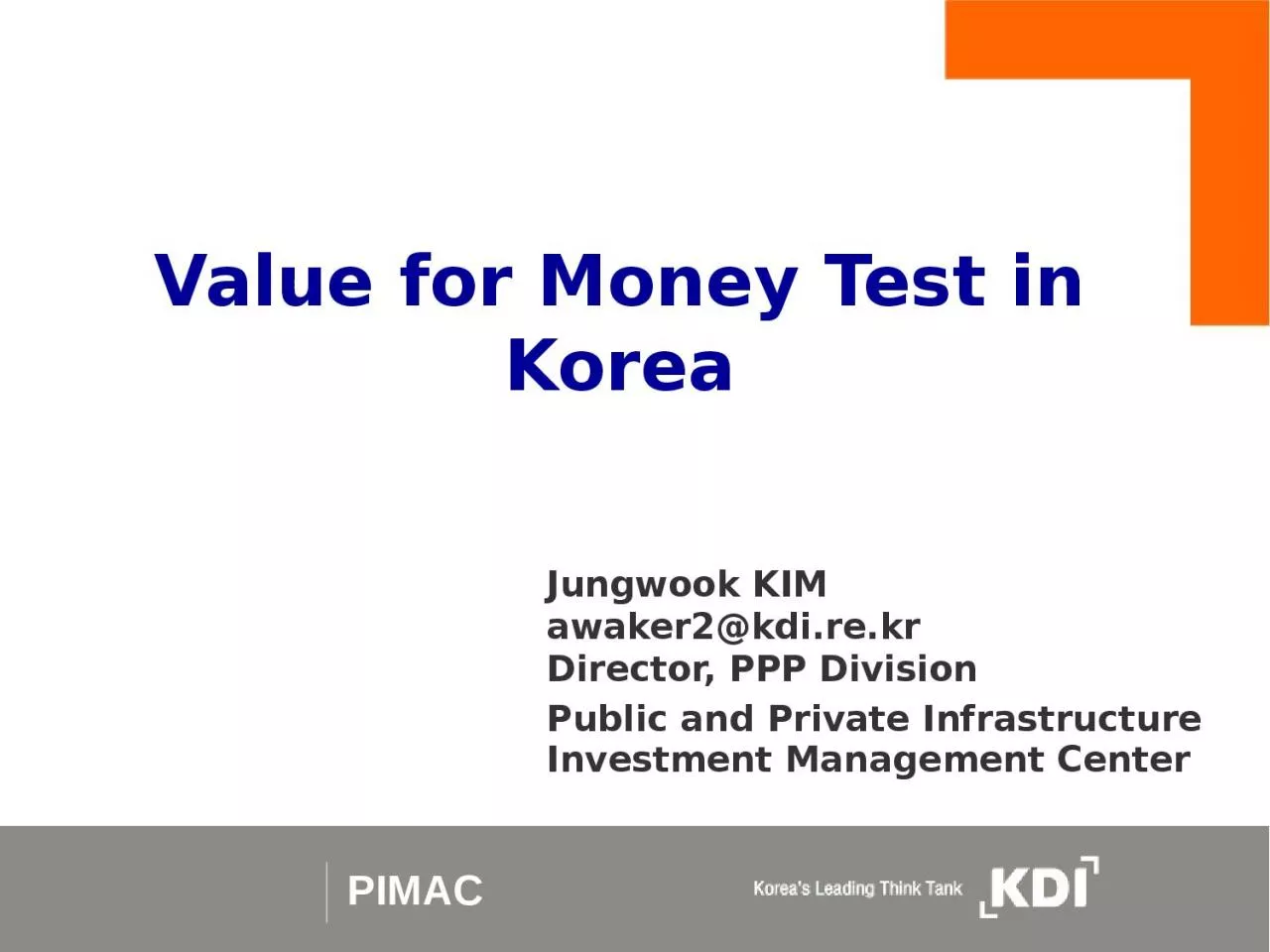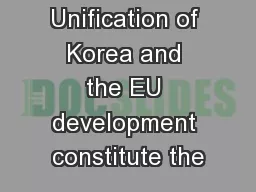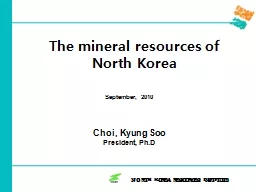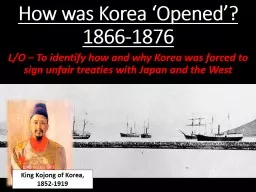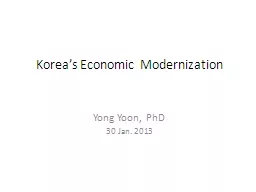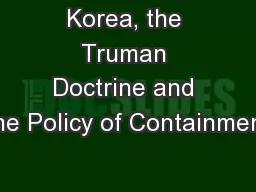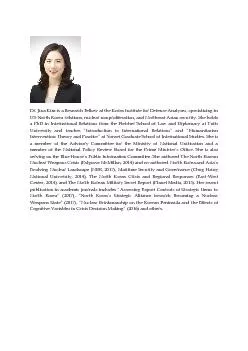PPT-Value for Money Test in Korea
Author : valerie | Published Date : 2023-07-27
PIMAC Jungwook KIM awaker2kdirekr Director PPP Division Public and Private Infrastructure Investment Management Center 1 Process of PPP Project Implementation
Presentation Embed Code
Download Presentation
Download Presentation The PPT/PDF document "Value for Money Test in Korea" is the property of its rightful owner. Permission is granted to download and print the materials on this website for personal, non-commercial use only, and to display it on your personal computer provided you do not modify the materials and that you retain all copyright notices contained in the materials. By downloading content from our website, you accept the terms of this agreement.
Value for Money Test in Korea: Transcript
Download Rules Of Document
"Value for Money Test in Korea"The content belongs to its owner. You may download and print it for personal use, without modification, and keep all copyright notices. By downloading, you agree to these terms.
Related Documents

